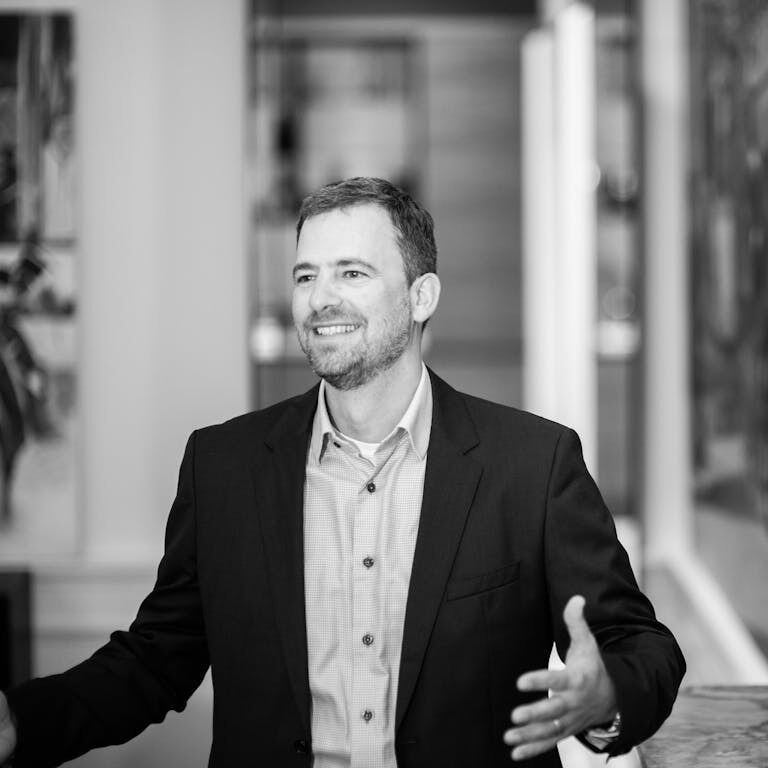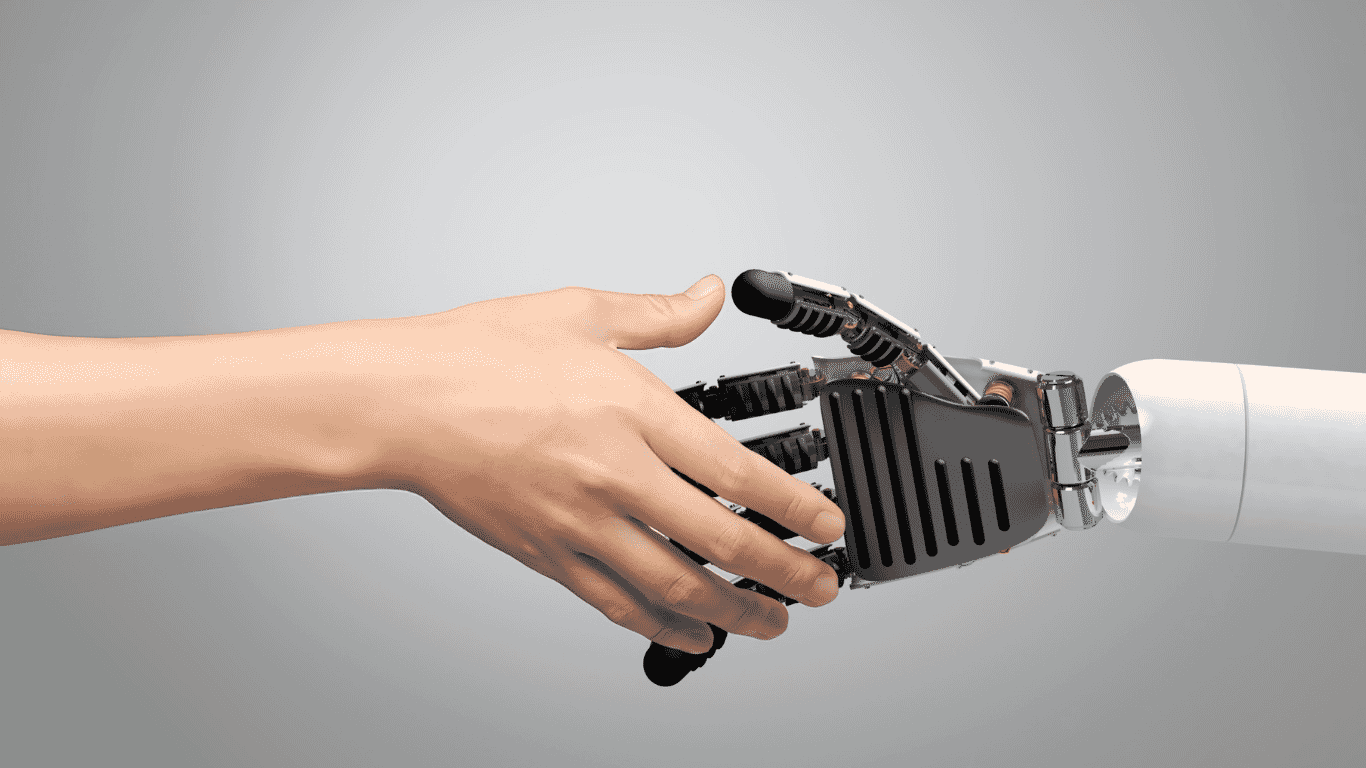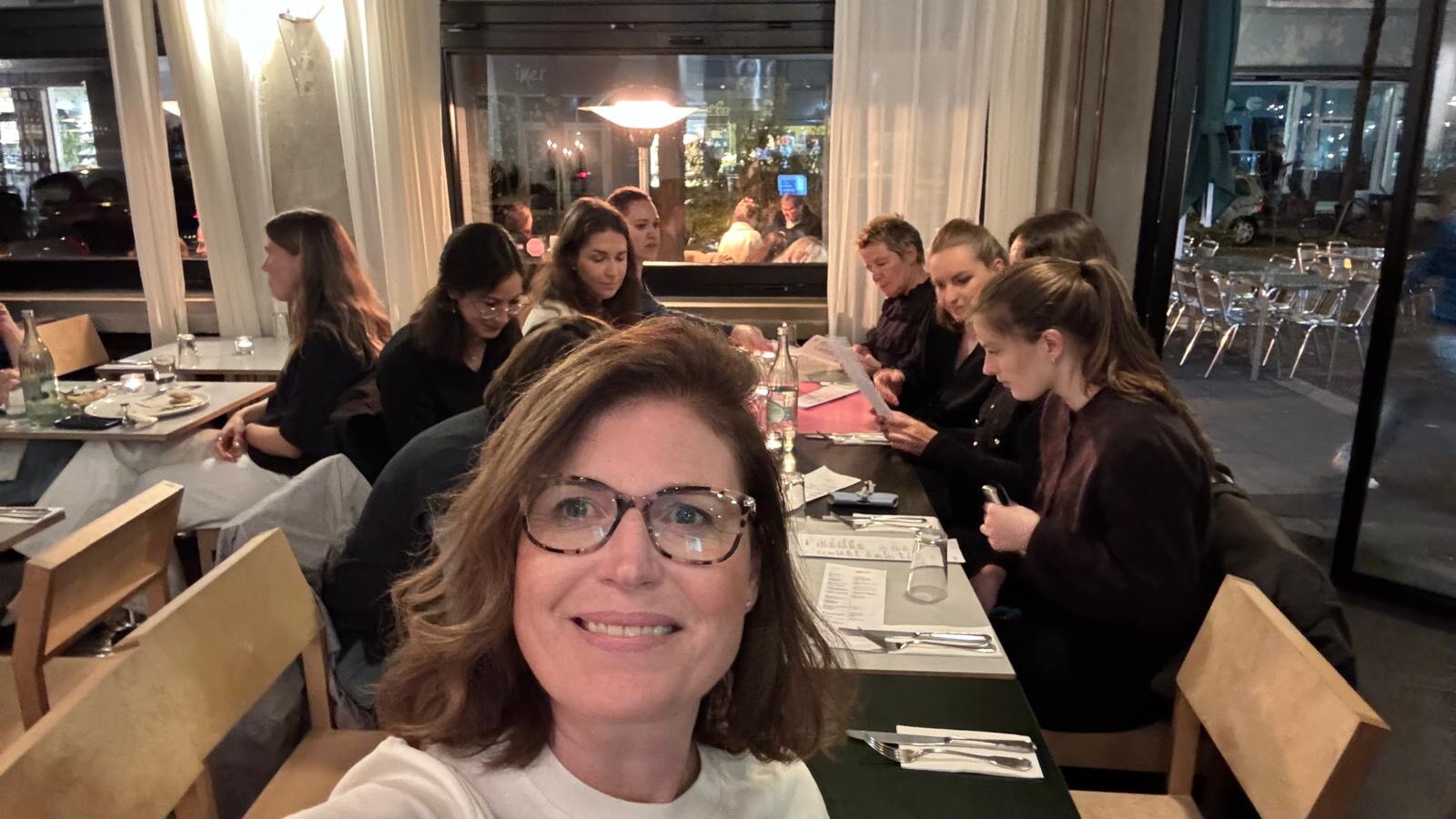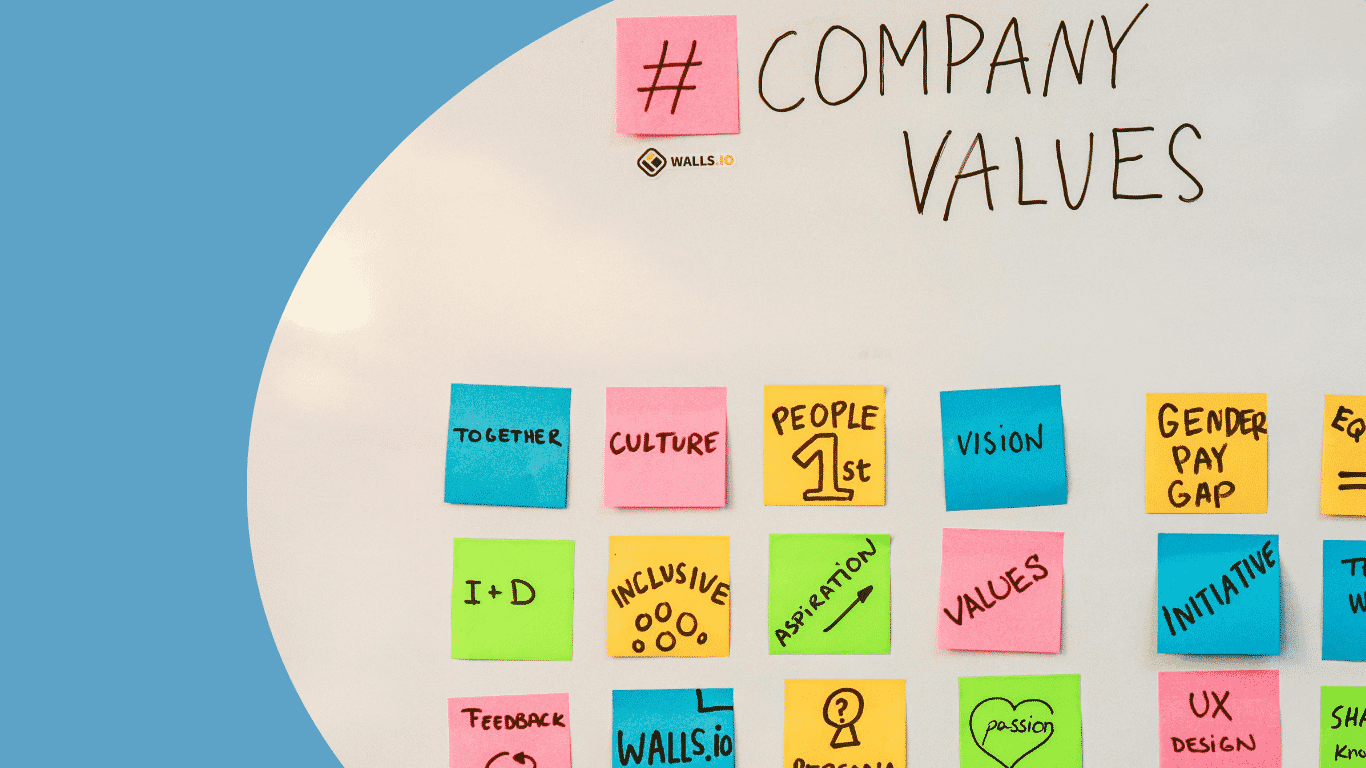Team Workshop – Interview with Florian Franzen
Florian Franzen serves as our Personality Guide at PG, overseeing consulting, certification, and coaching initiatives.
Date: 23. December 2024
Categories:

What is the primary goal of team workshops, and how do they benefit companies?
The goal of any team workshop really depends on the client’s goals. The goal can range from addressing dysfunctional teams to building a high-performing team. There is no standardized primary goal of a team workshop because it truly depends on the client. However, the primary success outcome is that you leave the team at a better stage than where they were before the session.
As is always the case in any team workshop, coaching, or leadership development session, there is a primary topic or theme. However, when you start unpeeling it, you might realize that something else is going on. That is actually a good thing—it’s something you can surprise the client with, adding value beyond their initial expectations. So, the goal of a workshop is to add added value.
How do you design a team workshop? What are the key factors you consider?
The key factor is understanding what success looks like for the client. Before I design any workshops, I always ask the client, “What does success look like for you at the end of the session?” A team workshop needs to be designed to meet the client’s success statement and to keep that in mind throughout.
I like to include quantitative data points, such as insights from assessments, but also qualitative inputs, like one-on-one interviews with the team’s participants ahead of the workshop. In the design phase, I think it’s always good to have a “red thread” to follow. However, it’s also important to remain agile in telling the story—being open to whatever comes up when you start unpeeling things. Do not get too stuck on the initial design of the workshop. Use your red thread and the quantitative and qualitative data but allow the story to take shape organically.
A great tool for quantitative data is Hogan. It helps predict success and performance and provides strategic self-awareness at both individual and team levels. One of the great things about using Hogan in a team workshop is that you can start with individual assessments and provide individual feedback. Then, you can aggregate the results to create a story at the team level.
It is absolutely crucial to relate the workshop content to the work of the participants. That is why pre-meetings are very important. Leveraging my 20+ years in the corporate world, I always make sure that any team workshop I run ties into the bigger picture. That could be the company’s business strategy or, in the case of an HR team, the people strategy. When preparing, I also inform myself about the company, the industry, and what is currently going on.
Do you use any tools or technology during workshops, such as whiteboarding apps or gamification?
It really depends on the team setup. For example, if the team has taken Hogan assessments and scores high on motivations and values like “Science,” I might bring in less gamification and focus more on data. However, if you need to disrupt a scientific approach, you could introduce something unexpected, like a game.
My style is more experiential—I like to create an experience for the team. I do not always come in with specific games in mind. Instead, I sense what is happening in the moment. If a specific dynamic emerges, I will pull something from my toolbox to address it.
As much as preparation with data, insights, and interviews is important, it is equally critical to help the team go behind the data. What does the data actually tell us? Data is just data. Yes, you can use tools and fancy technology, but the real quality comes from the discussions and conversations that happen during the workshop.
Equally important is ensuring a clear action plan at the end. What are we going to do with this? When preparing for a session, I think about the “what” (what is the story?), during the session, I focus on the “so what” (what does the data mean?), and after the workshop, it’s all about the “now what” (what are we going to do?).
One of the least efficient outcomes is when there’s great preparation and great discussions, but no follow-through. The “now what” is critical.
How do you ensure that every participant is engaged and contributes during the workshop?
Speaking to team members one-on-one beforehand can be incredibly powerful. It builds trust and gives them an opportunity to share what is really going on. By the time the session begins, you already have a sense of who the outspoken ones are, who the quieter ones are, and who might need a bit more encouragement to participate.
It is about finding a healthy balance between participants who have an extroversion preference and those who have an introversion preference. I usually try to draw out the quieter voices and tone down the dominant ones, but it is a subtle process. You do not want to put anyone in an uncomfortable spot.
As a facilitator, it is important to observe body language. For instance, if I see someone with an introversion preference looking at me, that might be the right time to bring them into the discussion. If they are looking down, I probably won’t.
Being present as a facilitator means listening carefully—not just to what is being said but also to what’s being communicated non-verbally.
What is most important about a facilitator?
The workshop is not about you. It is about the team and the client you are serving. You need to step into the background. It is not your session, it is theirs.
It is like being an architect. Some architects are focused on their own style and will only design a house their way. Others step back and design a house that matters to the client. As a facilitator, you need to take that second approach. You should still be present, but it is not about you.
How do you deal with existing conflicts or disagreements within a team?
If I have had the chance to do one-on-one interviews beforehand, I usually have a sense of where conflicts might arise. If the conflict is between two individuals, I let them deal with it on their own. However, if the conflict involves the broader team, I will address it openly—but in a mindful way. You do not want to put anyone on the spot, so it is important to sense when and how to bring it up.
How do you measure success for a team workshop?
I start by asking the clients about their usual measurement mechanisms—whether they use surveys, feedback, or interviews. If they do not have any, I might follow up with individual team members or use a simple survey. A follow-up session three months later can also help solidify the action plan and measure progress.
As facilitators, we enable progress, but we do not own it—the client does. Self-reflection is also important for facilitators to improve their approach.
Final tip for a leader participating in a team workshop?
Bring your whole self to the session. Be authentic and inspirational. Even though you are in a leadership role, you’re part of the team. It is not about dominating or being absent, it is about contributing as a team member and stepping in with leadership when necessary.
At the start of the workshop, it is important to set the stage and establish the tone. Remember, it is a “team workshop,” not a “chief workshop.”
One last thought?
Having a team workshop does not mean the team is dysfunctional or underperforming. Every team has qualities and strengths. A workshop is about recognizing those qualities and exploring how the team can become even better.



